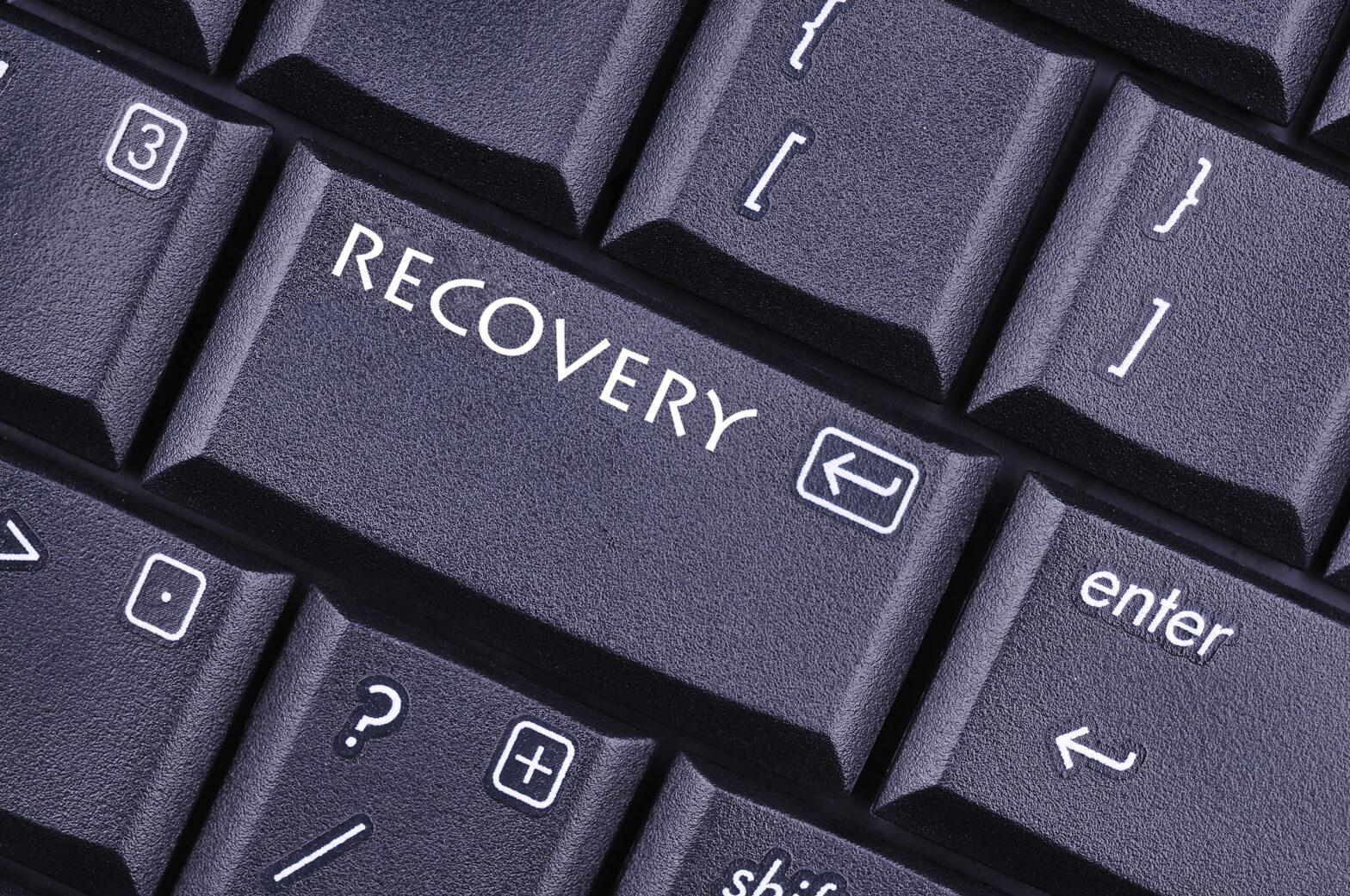Many businesses will have considered worst case scenarios, and in some cases, planned for them. For example, what would happen if you faced a sudden, unexpected stock shortage and you were unable to fulfil a backlog of orders? Or what if your premises were to be hit by a flood or fire? Contingency planning around these types of physical challenges is very important, but planning for the perhaps unseen disaster of an IT failure is just as vital to maintain business continuity.
A disaster recovery plan is a documented process to protect and recover your business IT infrastructure in the event of a disaster. There are numerous events that would be a huge headache for a business owner – but far more so if they haven’t got a plan of action in place. For example, what would happen if the network has been compromised or what is the plan if files or data are lost, stolen or mistakenly deleted? The disaster recovery plan is an insurance policy for the business, helping prevent the often-spiralling cost of recovery of the data/network. It needs to consider everything from the individual needs of your business and how it operates (eg when do your customers expect to be able to deal with you? and how would that be affected by IT failures?) to the fundamental technologies that allow you to function both at a base level (eg phone, emails, internet) and a fully operational level (eg data storage, intranet/digital workplace).
Suppliers are another consideration. Many businesses deal with multiple tech and IT partners, and although there’s probably someone in the company that looks after those details, in the event of a disaster, it cannot be assumed that they will be accessible. The disaster recovery plan should list suppliers for everything from data storage to telephone lines, include contact details (with back up where necessary), and information on their policies for recovery in the event of outage.
A comprehensive recovery process
In some cases, the back-up option or recovery process might involve multiple steps, for example in the event of email failure, there might be a short-term plan eg using personal email accounts, but then a longer term one if the downtime is longer than two days, for example. It’s also worth looking at your archiving policy and the capabilities and ensure staff understand the process for retrieval, if there is one. A business would also need to decide at which point they consider changing email providers and what would happen with regards to data migration and business continuity. Nowadays, customers expect businesses to be fully responsive, 24/7, regardless of technology failures.
Hardware failure is another consideration often overlooked in a world of multiple devices and IoT. It can include anything from PCs and laptops, to servers, network switches, routers and when any of these fail it can have a severe impact on network performance, efficiency and vulnerability. Namely, if the server was to fail, you should consider the processes for data restoration. Back up would be the first thing, but also consider keeping spare hardware items on site such as a preconfigured router so you can be back up and running quickly.
When we’re advising our clients on disaster recovery planning, we go through an overall checklist of software and solutions that enable a speedy recovery, or even better, prevent a disaster happening. This list includes:
- Antivirus to prevent network breaches or data loss
- Web protection to bolster security and prevent network breaches
- Back up lines for the internet, such as a cheap back up ADSL for it to trip over to in the event of service interruption
- Back up of files and data, ideally remote, cloud and with another supplier
- Using a dependable email provider for uptime purposes, cheap or free email won’t mean you are covered
- Email archiving to keep a record of all emails and for restoration
- Investing in warranty or protection policies so if hardware fails you are covered
- Having spare hardware on site in the case of disaster, such as spare PCs, routers and server HDDs.
- An IT supplier who can help daily or ad hoc tasks
Although some disasters are unavoidable, in IT, as the old saying goes, fail to prepare, prepare to fail.
Andy Hinxman is director of Keybridge IT.





